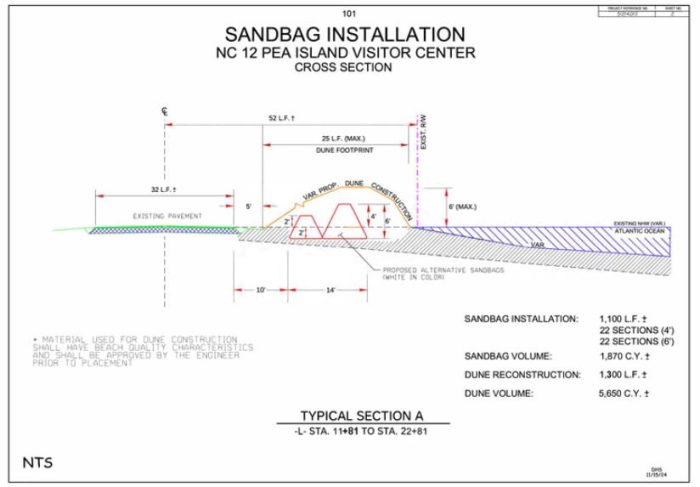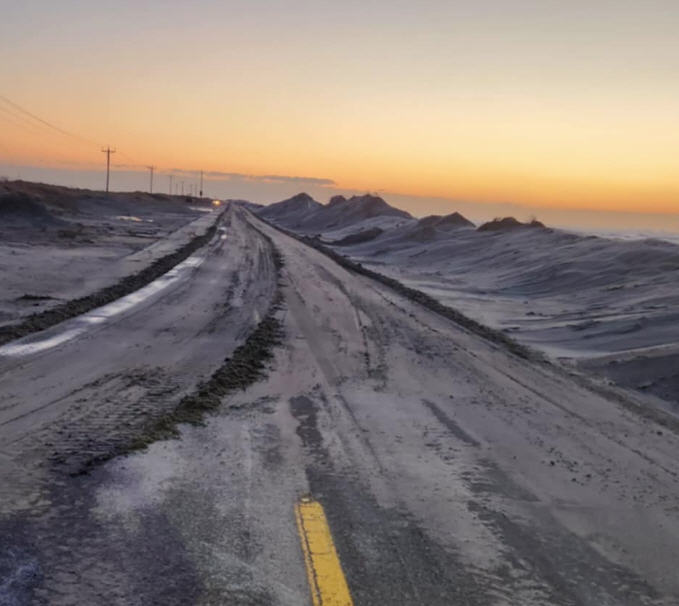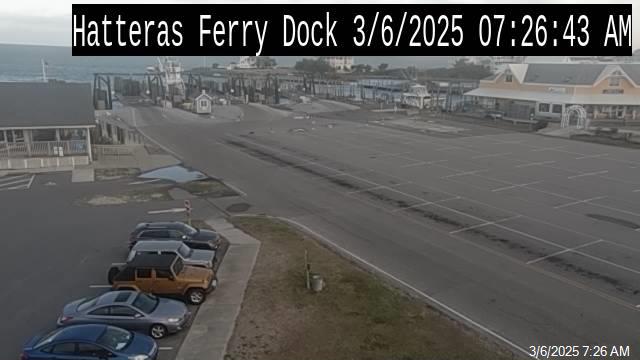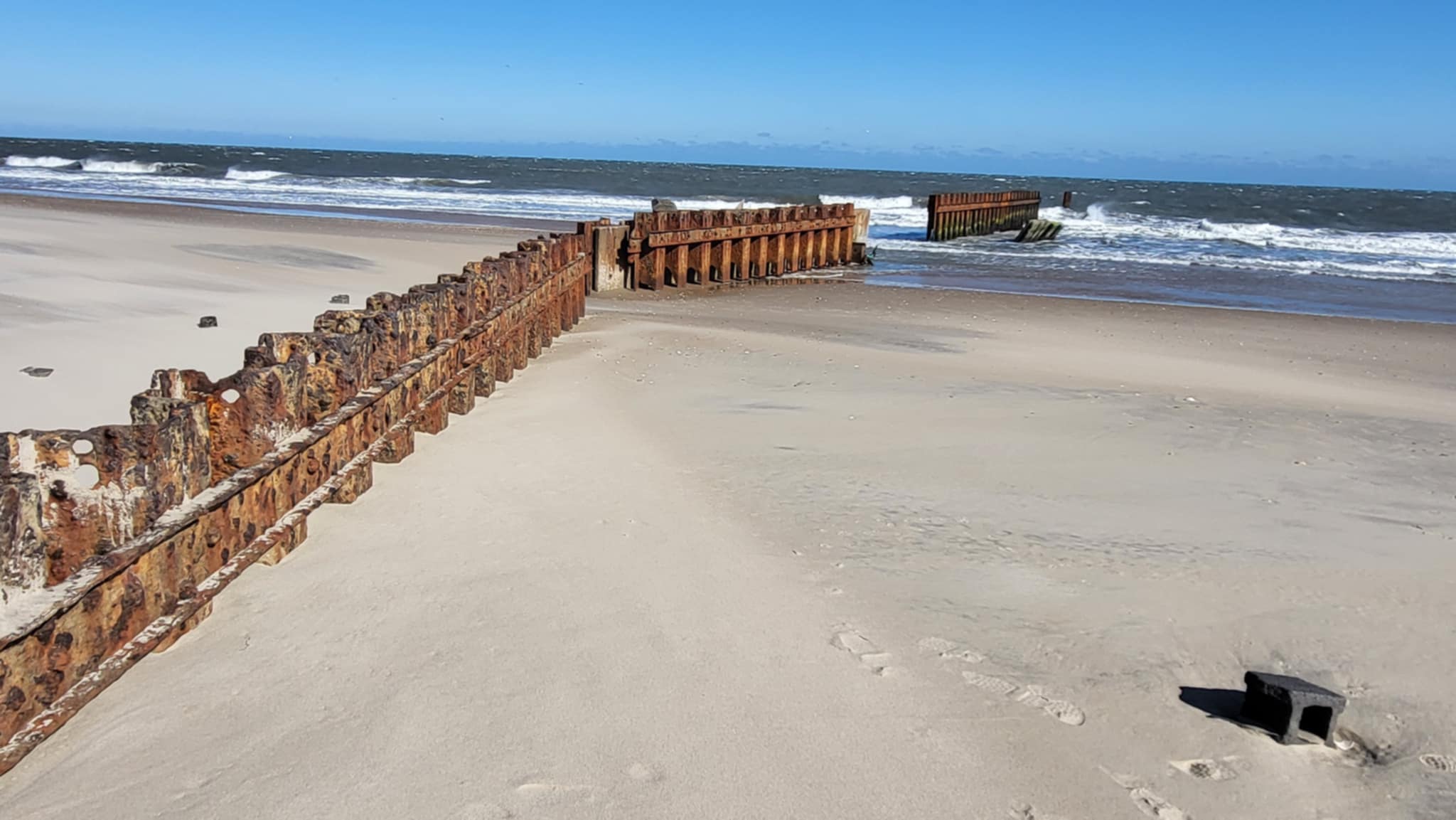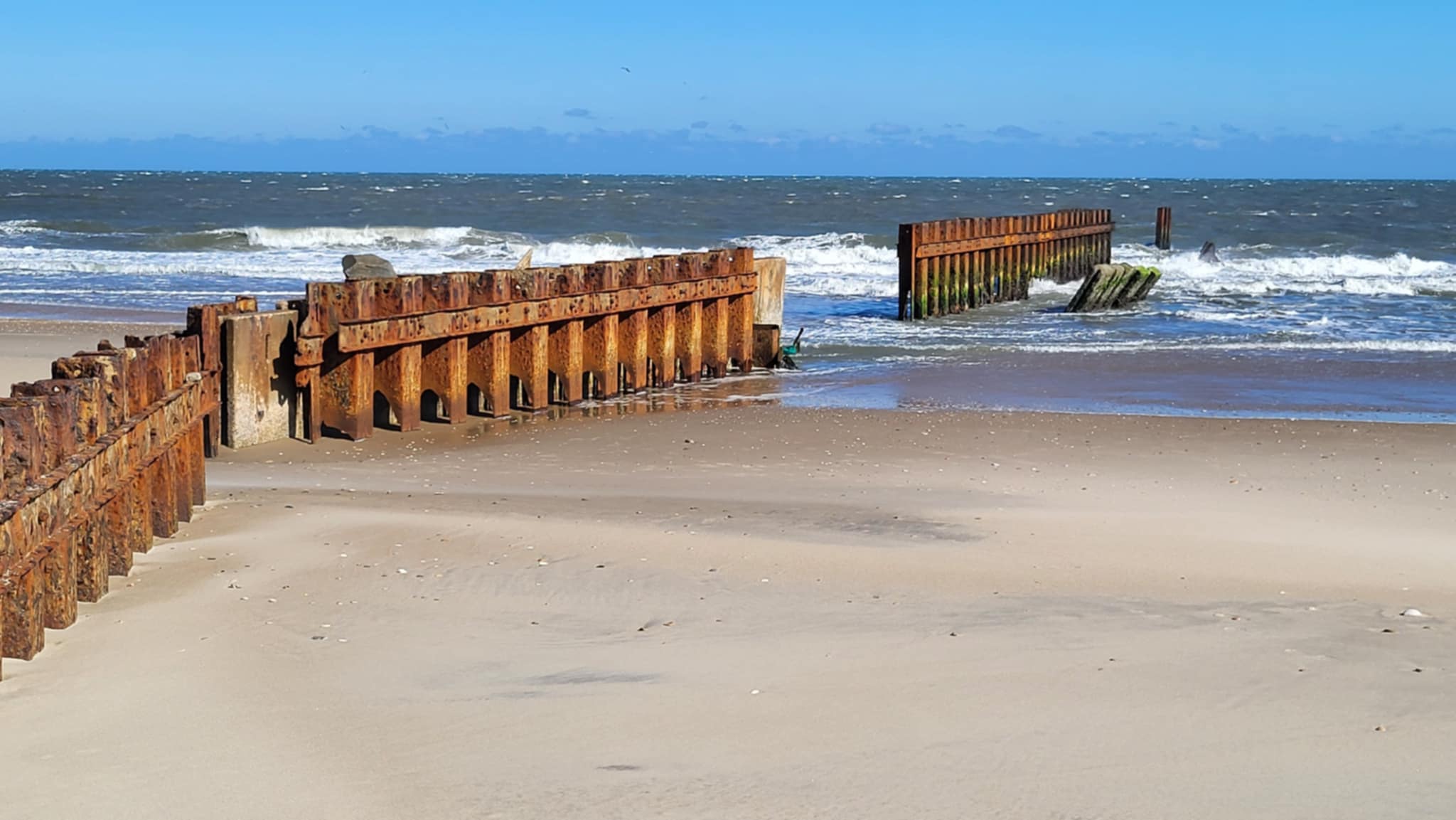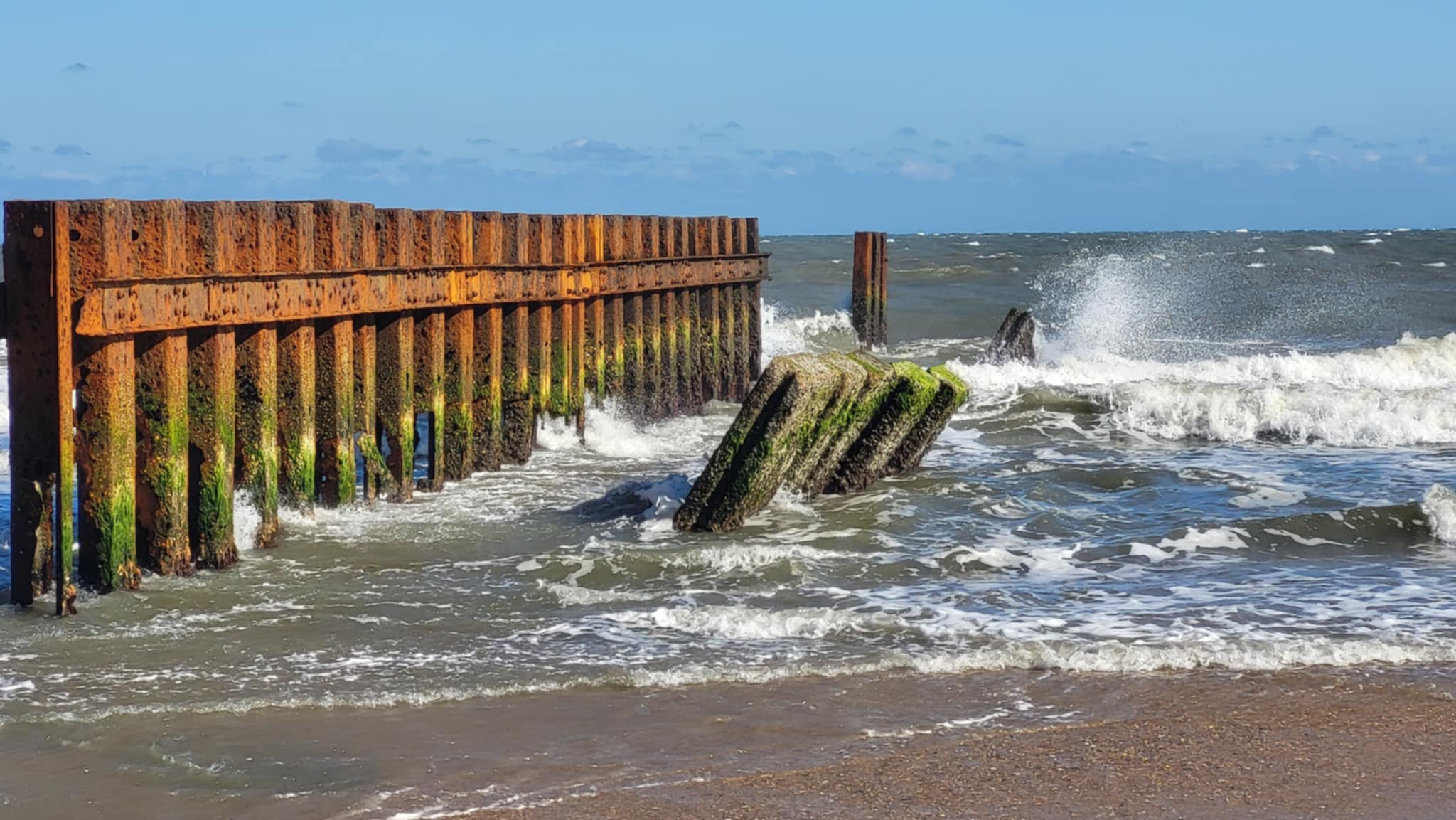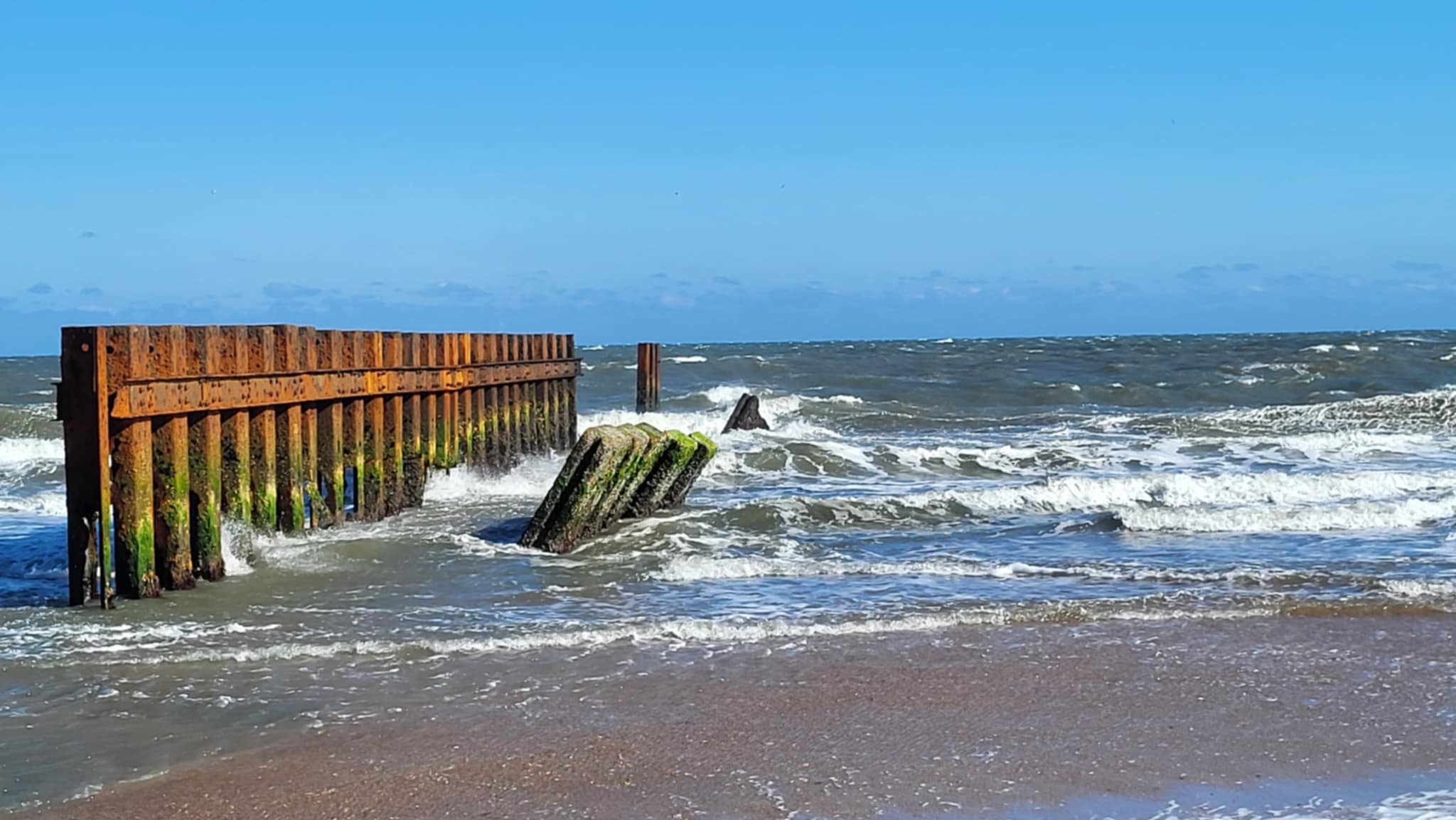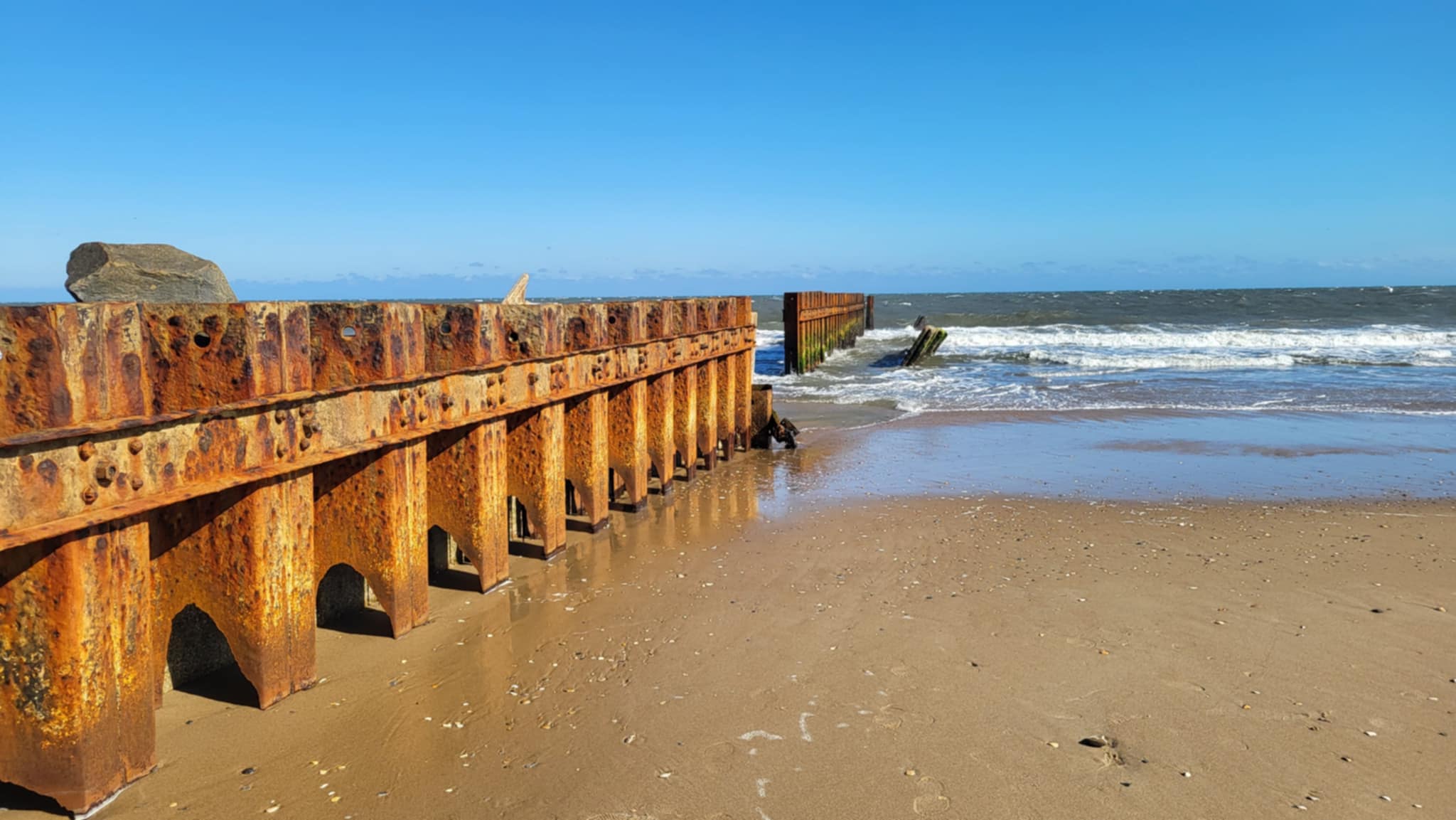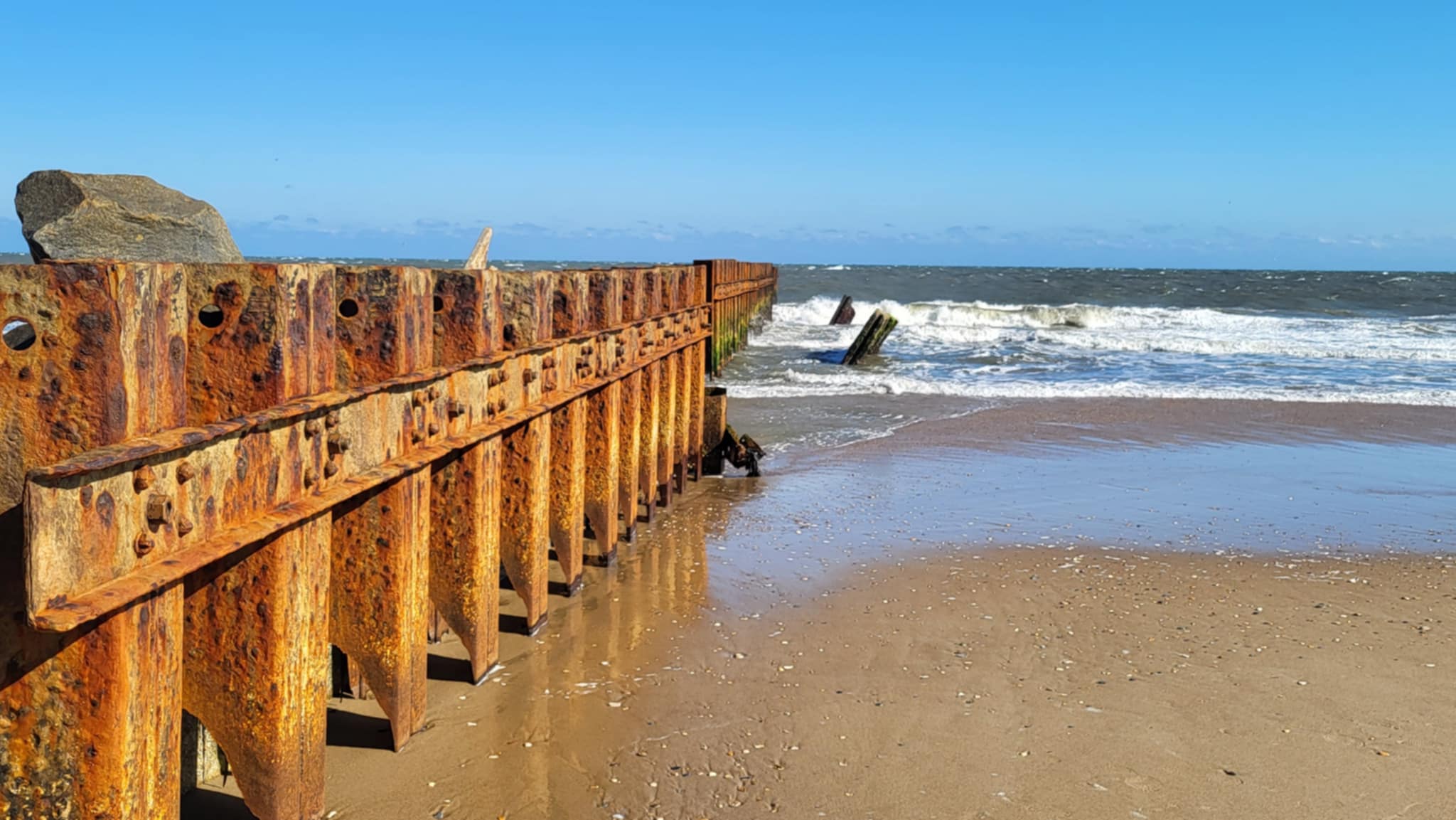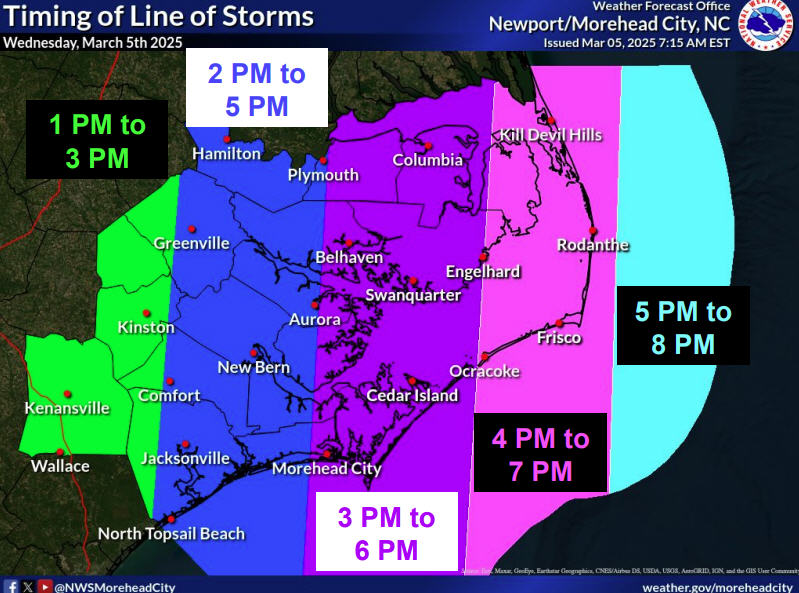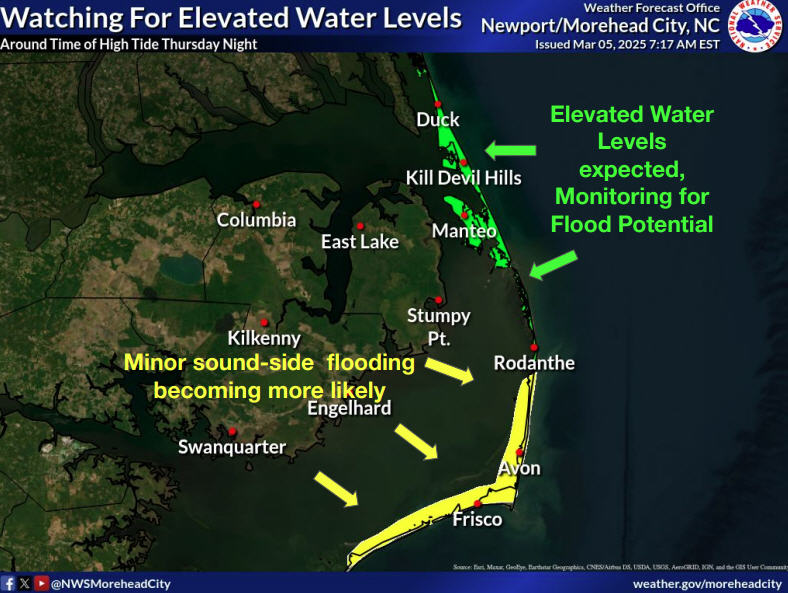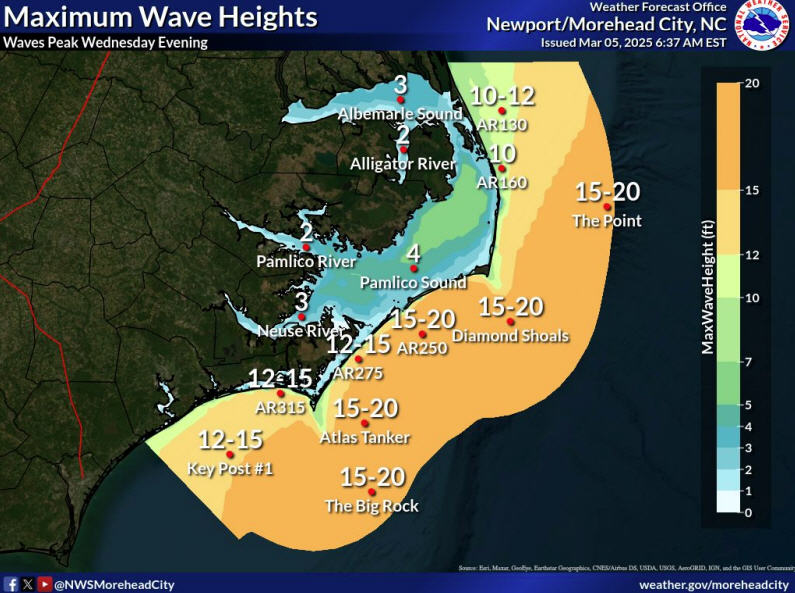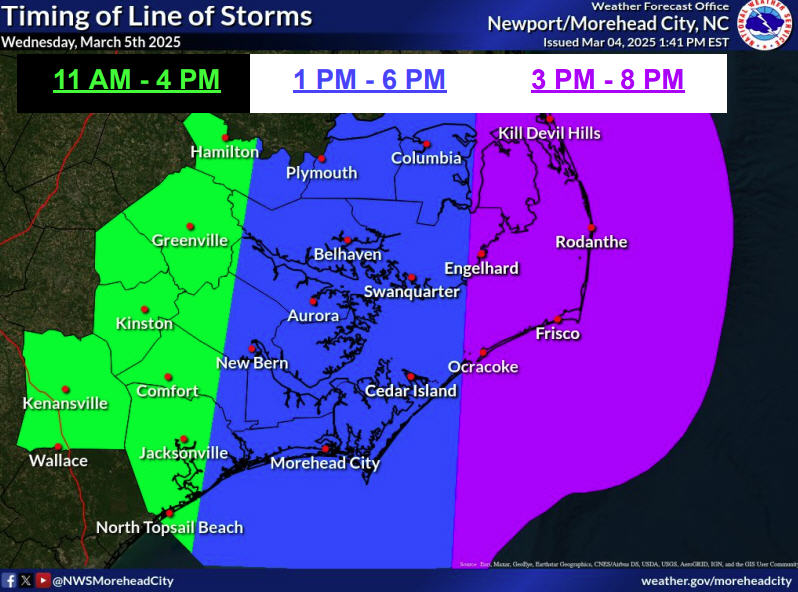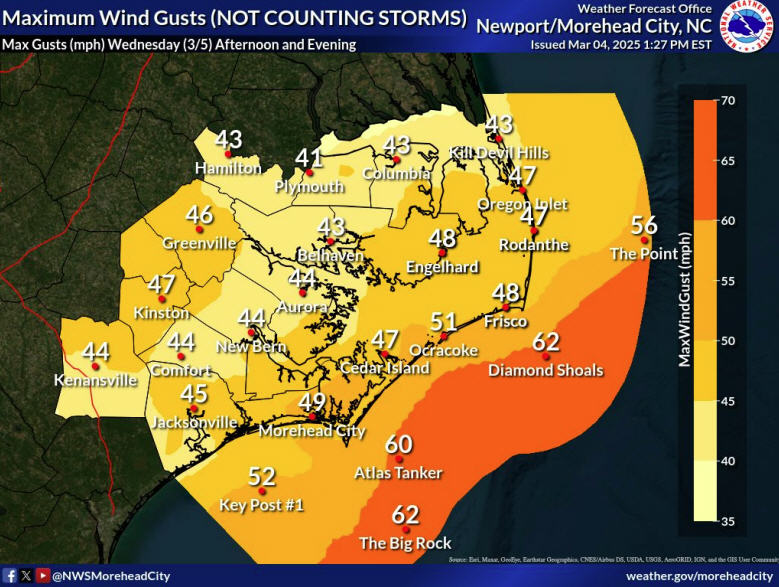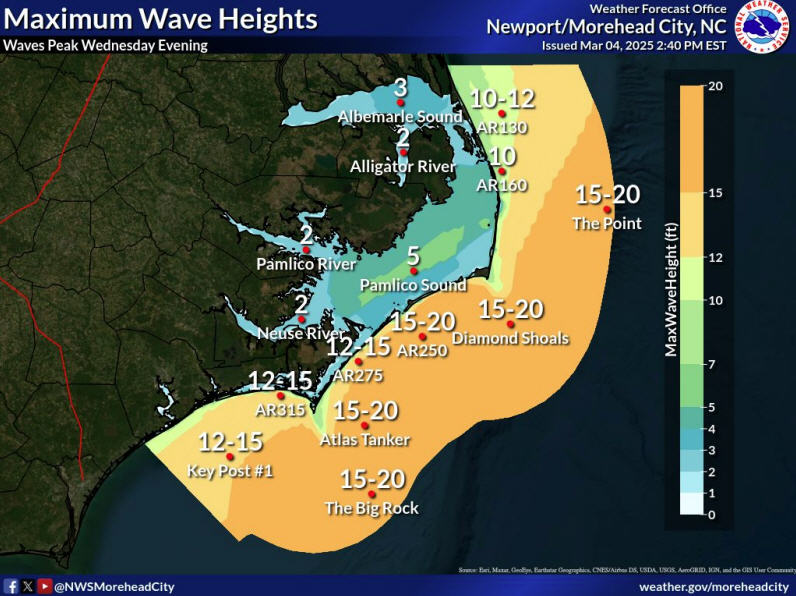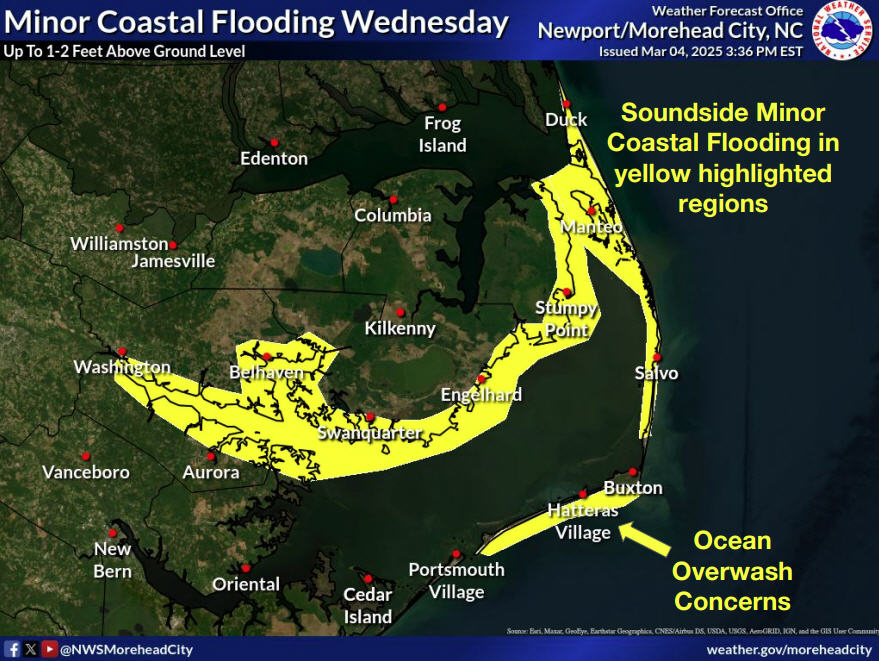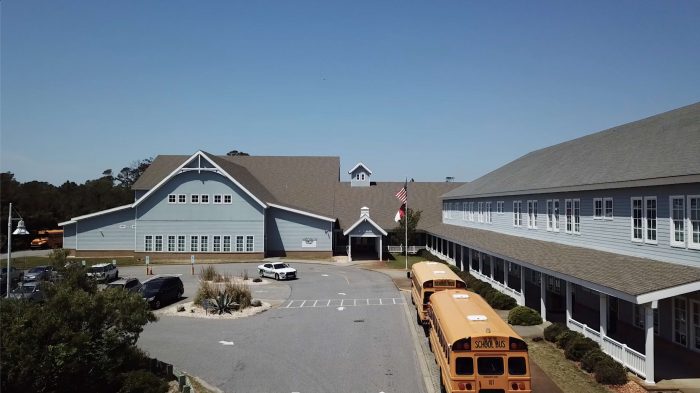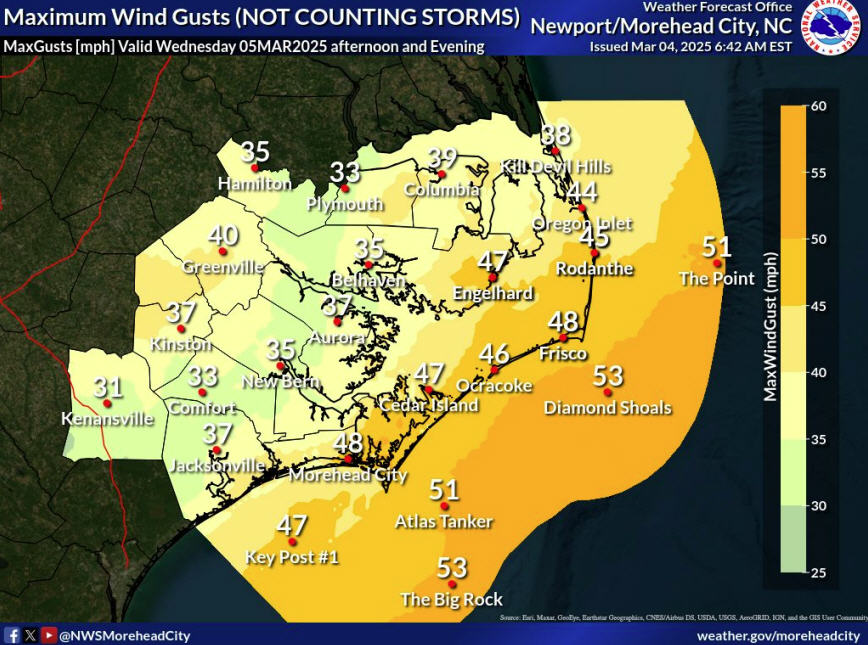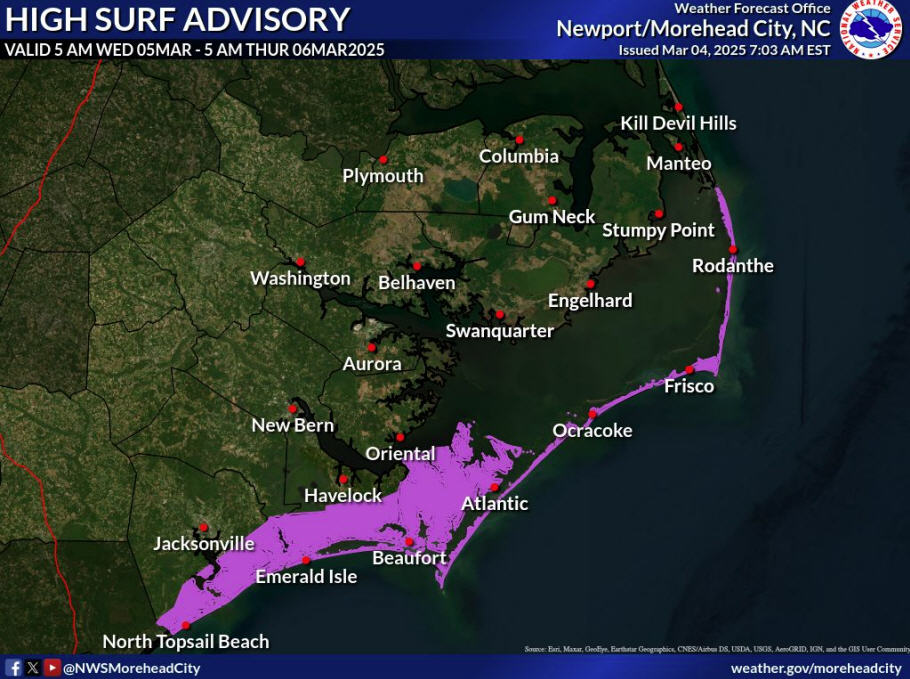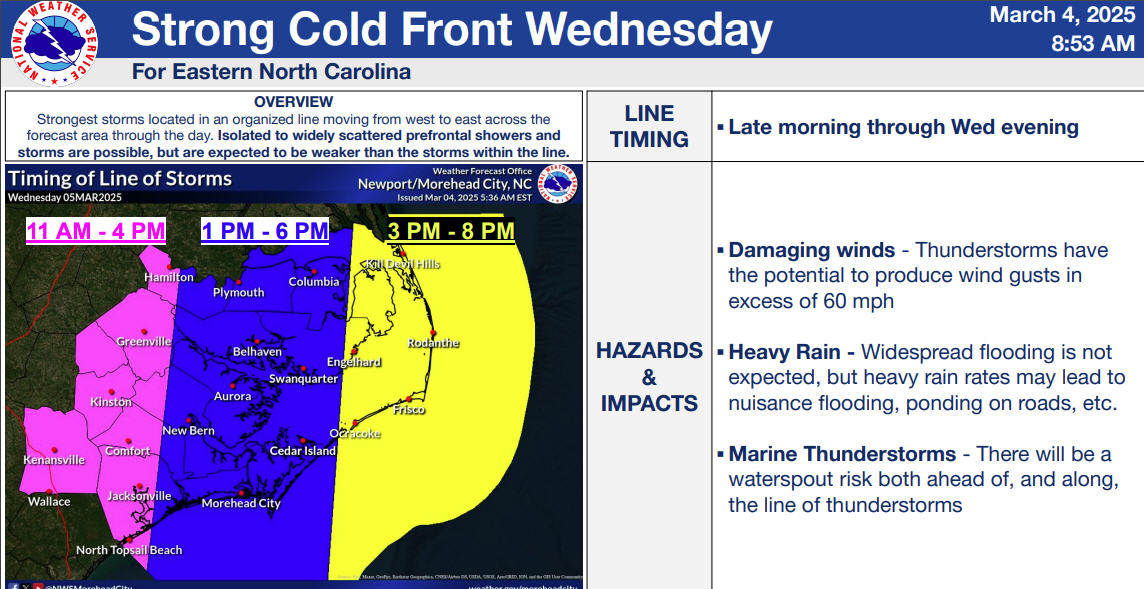Work starts Friday on N.C. 12 sandbag project at Pea Island Visitor Center
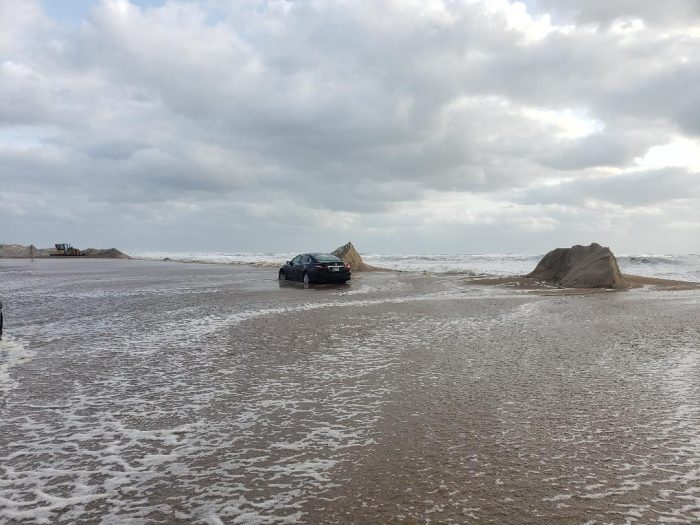
Work will begin Friday to place massive sandbags alongside N.C. 12 at the Pea Island National Wildlife Refuge Visitor Center, which the North Carolina Department of Transportation says is a temporary solution to protect the highway from ocean overwash caused by extreme tides and storms.
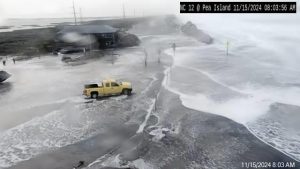
The project is meant to mitigate the type of overwash that caused the road to be closed for a short period in mid-November, the highway department said.
It will also add a layer of protection for the road itself, helping to prevent the type of undermining that could damage the pavement and cause a long-term shutdown of the only roadway link between the mainland and Hatteras Island.
“We know this is only a temporary fix,” said N.C. Department of Transportation Division Engineer Win Bridgers. “But it’s vital for us to do everything we can to keep N.C. 12 open and accessible while we seek a more permanent solution.”
The project will take about a week to complete, with alternating single-lane closures in the area while the work is ongoing. The total cost of the project is $400,000.
The highway department submitted an application to the Division of Coastal Management to modify a Major Coastal Area Management Act permit in December to allow the repair of 1,300 feet of primary dune, and installation of 1,100 feet of “Permashield trapezoidal sandbags” along the area formally identified as the “Visitor Center Hot Spot”.
A permit dating back to 1999 has been modified numerous times that allows NCDOT to perform dune maintenance along the roadway between Oregon Inlet and Hatteras village, and a separate permit to do similar work on Ocracoke Island.

The Pea Island Visitor Center area has increasingly become a major erosion issue, with NCDOT noting that the average erosion rate at the visitor center since 2020 has been 7.5 feet per year.
There have been multiple dune “blowouts” in recent years along that stretch of the highway, with several instances where water and sand covered the roadway and shut down the road.
In the variance request approved by the Coastal Resources Commission, NCDOT noted that the most recent example was the coastal storm of November 15 to 17 that washed away approximately 1,000 feet of dune, exposing the edge of N.C. Highway 12’s pavement to high surf.
“The roadway flooding and pavement drop-off produced hazardous traffic conditions, so NCDOT temporarily closed NC 12 to all traffic between the Marc Basnight Bridge and the village of Rodanthe,” said NCDEQ Assistant General Counsel Christine A. Goebel.
The dune was rebuilt under the most recent CAMA permit that allows dune maintenance.
Goebel said in her memo, and restated at the December meeting, that NCDOT wants to remove approximately 1,300 linear feet of the current berm, and then install the sandbags in the same location across the road from the visitor center.
